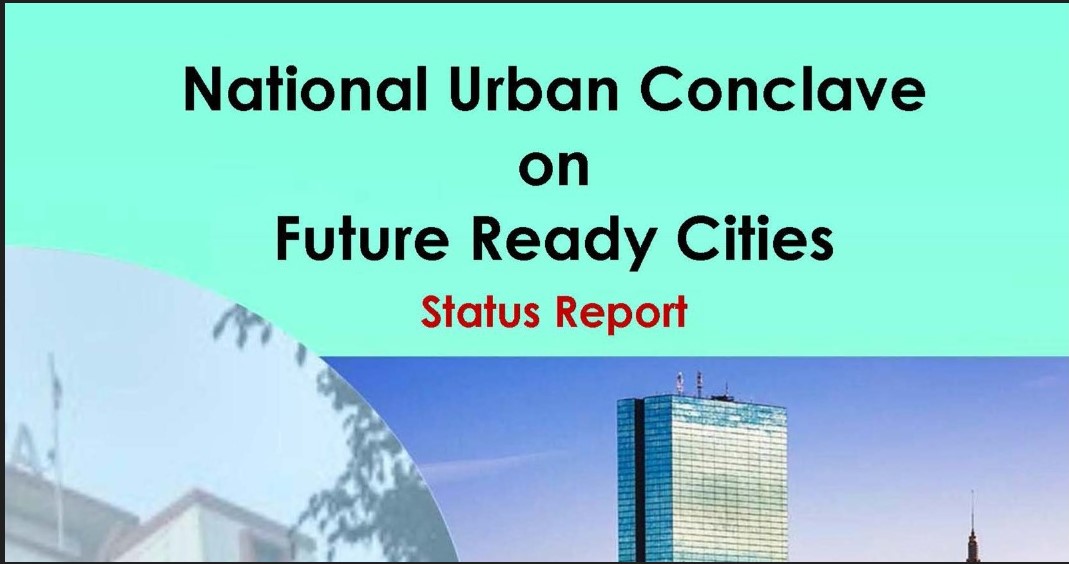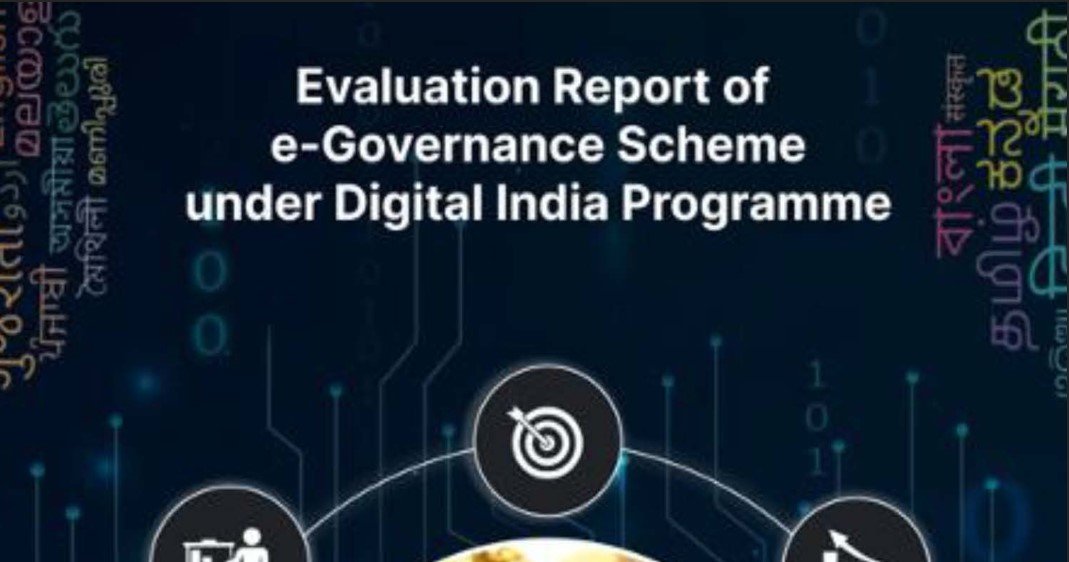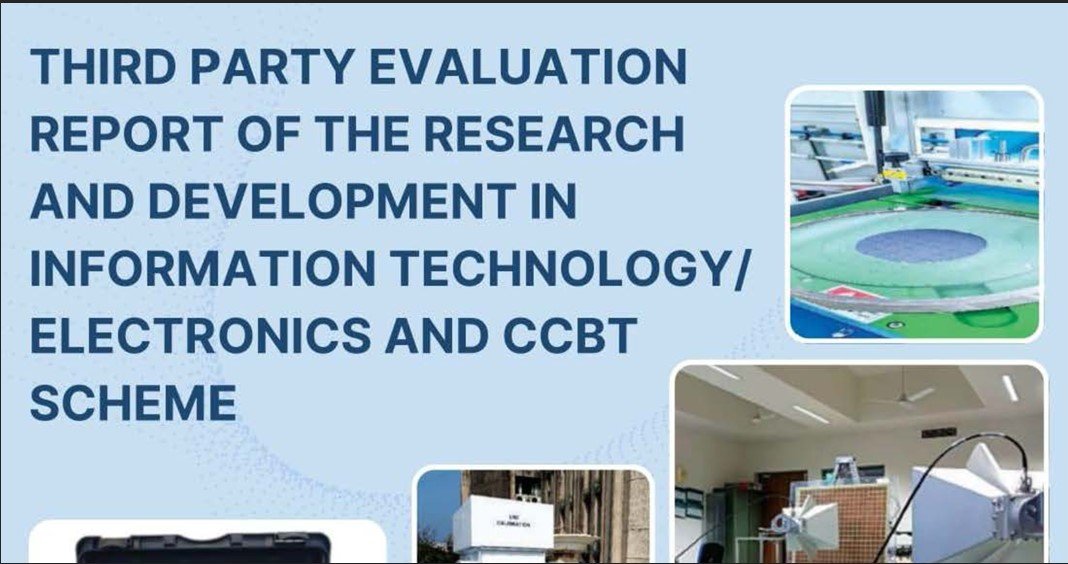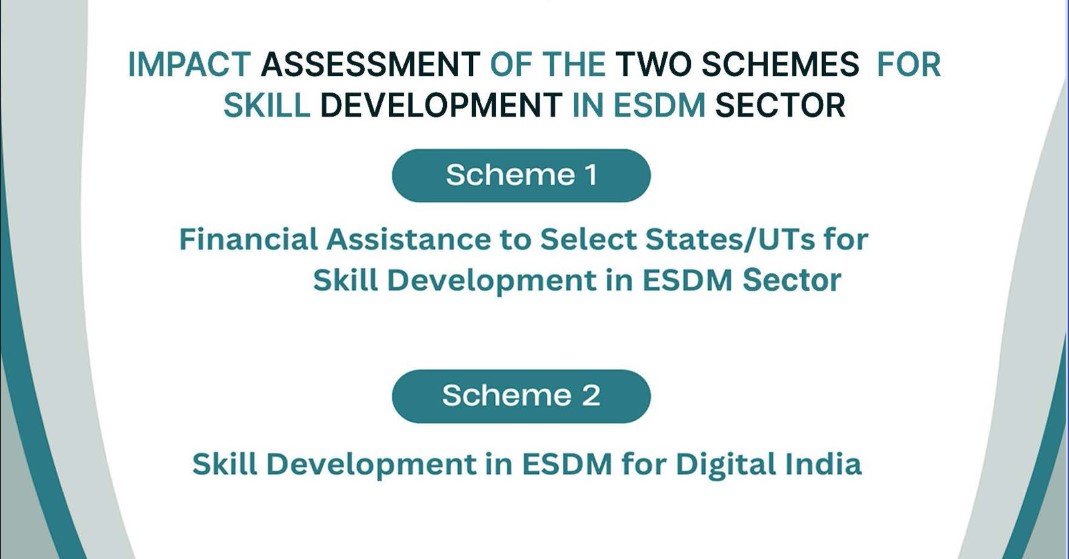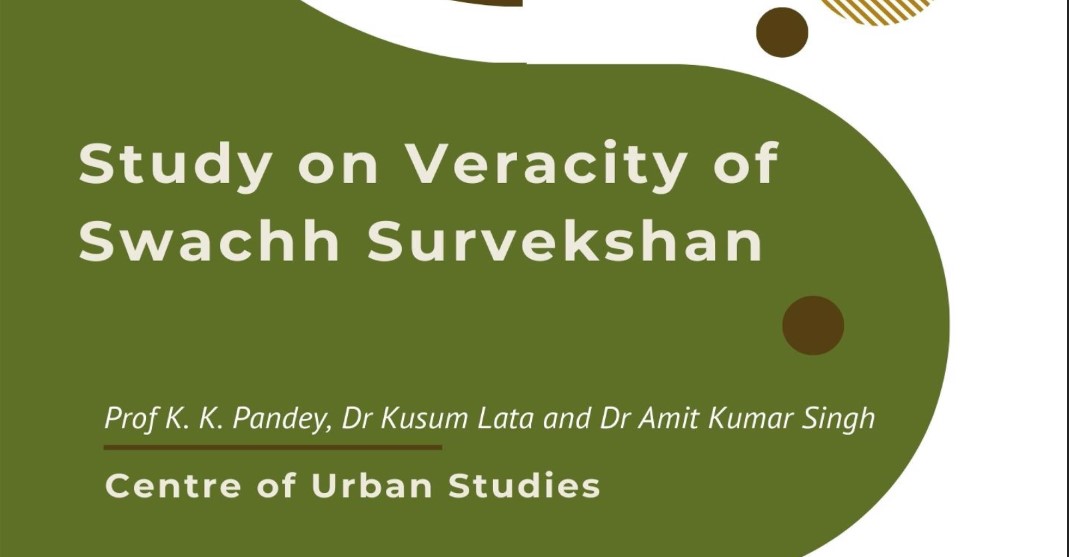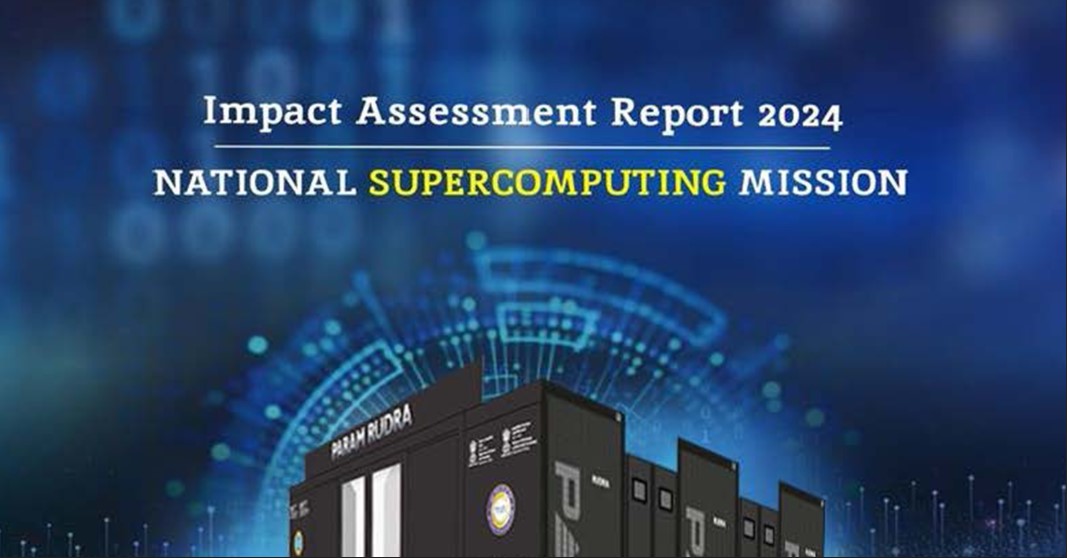1. The context
Urban areas, as elsewhere, are emerging as nerve centres of economic growth in India. Urban India, contributing nearly two-thirds of the national income and hosting an overwhelming concentration of the non-farm sector within and around cities, has assumed a special role in our national vision of making India a developed nation by 2047. Accordingly, Indian cities and towns need to be transformed to meet future requirements in terms of funds, functions, and functionaries. These needs are driven by India’s competitive edge and demographic dividend, shaped by our informal sector, technical manpower, and emerging connectivity across the country. The scale of urbanisation, as India transitions from a semi-urban to a predominantly urban society, is unprecedented in our history. This process is unlocking significant opportunities—as well as challenges—to ensure that the urban transition is smooth, balanced, productive, environmentally friendly, pro-poor, and sustainable.
Accordingly, Indian cities will not only meet existing infrastructure and service requirements but also absorb massive expansion in their number and size, accommodating 17 out of the 35 fastest-growing cities in the world. At the same time, a large number of Tier II and III cities will emerge as Global Capability Centres (GCCs), along with an expanded role for other cities and towns in joining both forward and backward supply chains at domestic and global scales. On the other hand, our cities are facing severe challenges, including high congestion; water, air, noise, and soil pollution; substandard low-income housing; and underutilization of prime urban land. These specific areas of concern require immediate attention to promote future-ready cities in the Indian context. Such cities must be equipped with proper planning, institutional coordination and management, good governance, technological innovations and digitalization, a safe environment, affordable housing, efficient resource mobilization, land monetization, green spaces, parks, water bodies, urban forests, public transit (city buses/metro), cycling infrastructure, efficient mobility, and other critical infrastructure.
2. Emerging Focus
In continuation of path breaking urban sector initiatives in last one decade , the National Budget 2025-26 has proposed several transformative reforms to create sustainable cities fostering innovation, resilience, and inclusive growth while addressing pressing climate challenges . A significant provision includes the Urban Challenge Fund of ₹1 trillion to support projects focused on creating Cities as Growth Hubs, Creative Redevelopment of Cities and improving Water and Sanitation. The Budget also pledges to incentivize urban reforms in governance, municipal services, urban digital infrastructure and urban planning. Further, the Budget also recognizes the importance of addressing urban poverty and ensuring sustainable livelihoods for the urban poor. Similarly other urban missions of Government of India lay emphasis on urban reforms to promote future ready cities in a larger perspective of Viksit Bharat (India@2047) .
These missions, schemes, and programs have yielded positive results at varying levels of success. Achievements under the Swachh Bharat Mission are reflected in Swachh Survekshan (Annexure I). Similarly, the Smart Cities Mission has revolutionized urban living by integrating technology into city management and infrastructure. The PM Awards for Smart Cities highlight key innovations for adaptation (Annexure II). PM SVANidhi has transformed the socio-economic status of street vendors (Annexure III), and AMRUT has rejuvenated urban infrastructure by focusing on essential services such as water supply, sewerage, and green spaces (Annexure IV).
Yet, there is always scope for reform to meet the evolving needs of the sector and to bridge gaps in the current state of our cities.
3. Objectives
It is in this context that Centre for Urban Studies (CUS) at Indian Institute of Public Administration (IIPA) is organizing a one-day National Urban Conclave on Future Ready Cities to consolidate and assess urban sector in a brief and pointed manner to flag a set of recommendations on future ready cities for wider dissemination and elaboration by policymakers, planners and urban managers.
Specific objectives of conclave are:
(i) Provide a platform for exchange of experiences on comprehensive and inclusive urban planning, good urban Governance, municipal, creditworthiness, resource mobilization, financing strategies, and digital technology in transforming citizen centric public service delivery including the role of Artificial Intelligence.
(ii) Examine the status of various services like housing, solid waste management and circular economy, digital public infrastructure, etc.
(iii) Examine the challenges associated with sustainable infrastructure development and mobility solutions.
(iv) Analyse capacity issues in various areas of urban development, both financial and human resources.
(v) Prepare a roadmap for Future Ready Cities with key action areas as per specific themes of the conclave.
4. Conclave Themes and Coverage
The conclave aims to bring together a mix of stakeholders covering policymakers, urban planners, and other municipal functionaries, central/state officers and Academicians, Technocrats and representatives from the urban development Agencies, NGOs and Civil society institutions along with bilateral and multilateral institutions to deliberate on nine specific themes focusing on related key issues to identify current status, areas to deliberate, strategies applied, case examples and recommendation to prepare a concerted document for wider dissemination and consideration.
Specific Themes
